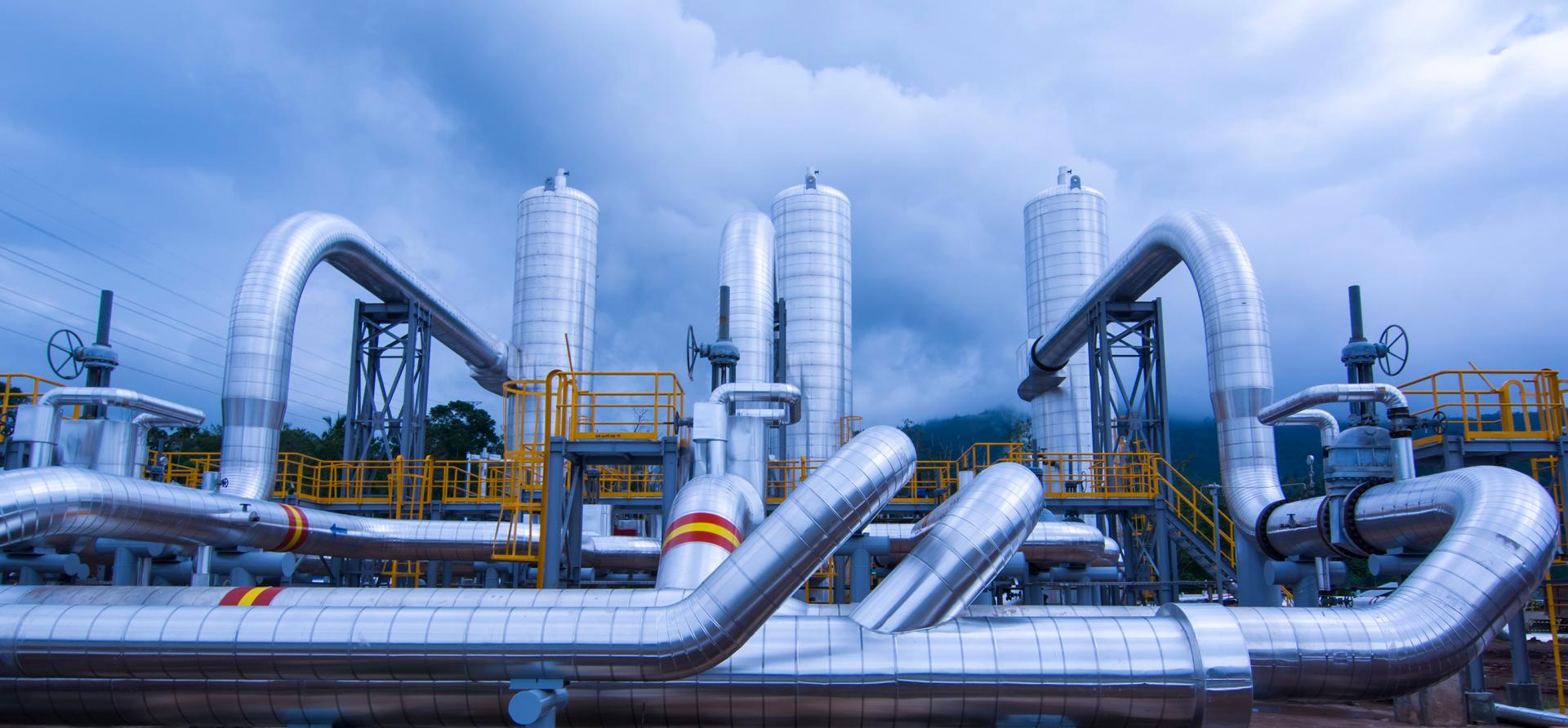Indonesia's small-scale LNG power plant conversion - A triple hit for PGN?
Download Full Report

Key Findings
Small-scale liquefied natural gas (ssLNG) has been re-proposed in Indonesia to create new market demand and to expand gas use in the power sector by replacing high-cost fuel oil.
Perusahaan Listrik Negara (PLN) has now moved to the receiving end and shifting nearly all the risk to Perusahaan Gas Negara (PGN). With approx. US$2bn of debt maturing in 2024, PGN needs to ensure its financials remain stable to service the debt.
ssLNG loses the edge on economies of scale. The cost for conventional LNG supply chains typically accounts for 10-20% of the total gas price, while the planned ssLNG supply chain potentially costs 30-50% of the gas price.
Executive Summary
Pertamina – and by extension, Perusahaan Gas Negara (PGN) – has been tasked by the government to deliver gas at a low cost to 52 PT Perusahaan Listrik Negara (PLN) power plants. The goal is to convert these 52 units from burning high-cost fuel oil to gas. PGN estimates an investment of US$1.5bn to US$2.5bn will be required to deliver 167 BBTUD of gas, with half of the power plants using less than 2 Billion British Thermal Unit per Day (BBTUD).
In a break from industry norms, this policy initiative is based on deploying new small-scale liquefied natural gas (ssLNG) units that would largely target smaller markets in eastern Indonesia.
The gas conversion plan is a scaled-down version of similar plans, a decade in the making. PLN which previously took the lead in the supply chain establishment, has now moved to the receiving end, essentially shifting all the risk to PGN. The current gas conversion plan would clearly benefit PLN if the gas could indeed be delivered cheaply to its plants. Pertamina may also slightly benefit from fuel oil distribution savings.
What is less clear is whether PGN, a State-Owned Enterprise (SOE) subsidiary with sizeable public ownership, can survive this arrangement. The economics of gas conversion have shifted due to a new gas pricing policy framework that will cut the government’s revenue share from gas production to suppress the downstream gas price. The new policy is a bold action that shows the country’s growing challenge as it absorbs its surplus domestic gas production due to the expiration of existing LNG export contracts and growing price competition as new price-competitive supply is drawn into Asia.
PGN is already under stress due to the impacts of COVID-19 and the new gas pricing policy. With its distribution margin expected to decline from $2.2-2.5 to $1.8-2.00/Million British Thermal Unit (MMBTU), the alarm bells are already ringing. Approximately 80% of PGN’s revenue comes from the distribution segment. Its distribution margin has already been squeezed over the past five years due to multiple factors, like gas contract renegotiations.
The economics of ssLNG for PGN will need to be stress tested by investors. With existing total assets of US$7.5bn, transmission volumes of more than 1,250 BBTUD, and 820 BBTUD of distribution volumes in 2020, PGN investors will be cautious about the merits of a US$1.5bn investment that will only result in 167BBTUD of additional delivery capacity.
While ssLNG would increase domestic demand, there is a reason why ssLNG has been on the drawing board for such a long time – justifying its economics is a big challenge. While the LNG market thrives on scale, ssLNG loses the edge on economies of scale. The cost for conventional LNG supply chains typically accounts for 10-20% of the total gas price, while the planned ssLNG supply chain potentially costs 30-50% of the gas price. Build cost – per unit of capacity – of smaller LNG carriers (LNGC) is typically more than three times the cost of their larger counterparts.
Until now, policymakers have not been able to publicly evaluate the cost dynamics that will determine the fate of enthusiastic plans for ssLNG.
This lack of attention to economic feasibility may reflect that the wave of global enthusiasm for ssLNG has largely been driven by technology providers and LNG exporters aiming to kick start future markets, where LNG to power generally offers a less attractive opportunity than ship bunkering or truck fuel replacement.
The Institute for Energy Economics and Financial Analysis’ (IEEFA) examination of proposals for ssLNG highlights the following policy implementation risks:
1. The capital expenditure (capex) planned for the project is estimated to be too high to support a standard test of market viability, signalling potential risk for PGN. With multiple investment figures stated by PGN ranging between US$1.5bn – US$2.5bn, the capital needed per unit of delivered capacity is more than two to four times the investment required for existing conventional scale LNG projects. While PGN could use the opportunity to spearhead the development of new gas markets, challenging economics will require caution in this cost sensitive market.
2. PGN is unlikely to spend its own capital, but leasing would not be an easy option. Despite publicly claiming their readiness to invest, IEEFA believes PGN would likely encourage business partners to step in to make capital investments, in line with a pattern observed with other existing LNG projects. With less than US$14mn allocated in 2020 for the ‘quick win’ portion of the project, PGN’s 2021 capex plan does not align with the investment needed to meet the two-year fuel oil to gas conversion deadline.
Regardless of the avenue chosen, the challenge of funding the required LNG
infrastructure investment should not be taken lightly. Investors in the company only need to look into its own history with long-term charter leases. PGN’s lease obligations to Lampung Floating Storage Regasification Unit (FSRU) have 13 more years to run, but the unit operates at a very low capacity and still has more than US$400mn of contract obligations remaining. Those who point out that PGN did not plan the relocation of the FSRU Lampung from its original destination in North Sumatera should also be reminded that this history further underscores the complexity of the Indonesian gas landscape.
3. Indonesia’s sudden policy manoeuvres can reverse investment fundamentals in a heartbeat. The recent government decision to drop its gas revenue share points to the high level of policy risk that investors will need to consider. As gas price fluctuates and fiscal priorities shift, the opportunity cost may grow, and so could the temptation to recapture these revenues. Given the revenues involved, it is very unclear whether the gas pricing policy will remain stable, posing a huge question for anyone placing a 20 year investment bet hinging solely on the current policy.
The government’s gas price control policy will come under pressure due to ongoing oil price volatility, particularly with many Indonesian gas prices traditionally still indexed to oil prices. It is noteworthy that Brent crude was hovering at $20-30/barrel (bbl) in April 2020 when the regulation was issued, and has risen above $70/bbl by mid-2021, implying a rising cost to implement the policy. It is also important to note that the ability of the government to impose price control is bounded by the government’s remaining gas revenue, which it can reallocate to compensate producers.
These price risks could put pressure on the revenue model for ssLNG, raising questions about the stability of long-term returns for PGN and its partners. It seems unlikely that investors will be motivated to commit capital to these projects without greater certainty on predictable revenue streams.
4. Investors in ssLNG should learn from PLN’s historical gas use and planning risks. Power sector experts understand that revisions to Indonesia’s power sector development plan (RUPTL) regularly involve changes the gas demand outlook – a pattern that could be a material risk factor for ssLNG investors. Of course, this risk could be shifted to someone else, but the only likely candidate would be PGN. IEEFA believes the 14.5% gas price ‘slope’ toward crude oil policy rolled out by the government in 2017 reflects PLN’s general oil parity benchmark tolerance based on cases of gas demand changes in existing projects. PGN would be wise to understand explicitly what PLN’s required oil parity will be in the coming years. Stakeholders should also focus on a potentially bigger risk factor – the overall outlook for PLN’s gas consumption. Based on an existing draft of the RUPTL, PLN’s gas demand profile could remain relatively stagnant for the coming decade.
In a capital-intensive industry where capital discipline determines returns, PGN will need to tread carefully. Analysts will undoubtedly note the amount of capital required and PGN’s history in the LNG segment in assessing its project pipeline.
IEEFA believes PGN is unlikely to take on the entire ssLNG project on its own, although they may take a piecemeal approach on some projects, as evidenced by the ‘quick win’ projects – which comprised of several projects prioritized by PGN, likely due to the lower economic hurdle. Nevertheless, they are unlikely to escape the inherent liabilities involved in the costly project.
With the outlook for pressure on the distribution margin, the weakening upstream segment, and the implementation of PSAK73 accounting rules, which include operational lease obligations on the balance sheet, PGN appears cautious about taking on a controlling interest in the project investments. Based on PGN’s current capex plan, the gas conversion project would clearly compete with other projects that would support more attractive gas market development options that appear to rank higher in the PGN priority list.
Taken together, it’s clear that Indonesia faces a two-fold challenge to build a gas market ASAP and manage a rapid gas production decline risk in the coming decades.
Other policy decisions have dictated the need to find ways to create more demand for domestic gas, but it will be crucial to get the economics right. This means that details of the plan warrant careful study if policymakers and investors want to avoid burdening the government, and the key SOEs are to have the right resources to undertake a series of high value but potentially high-risk investments in the energy sector.















